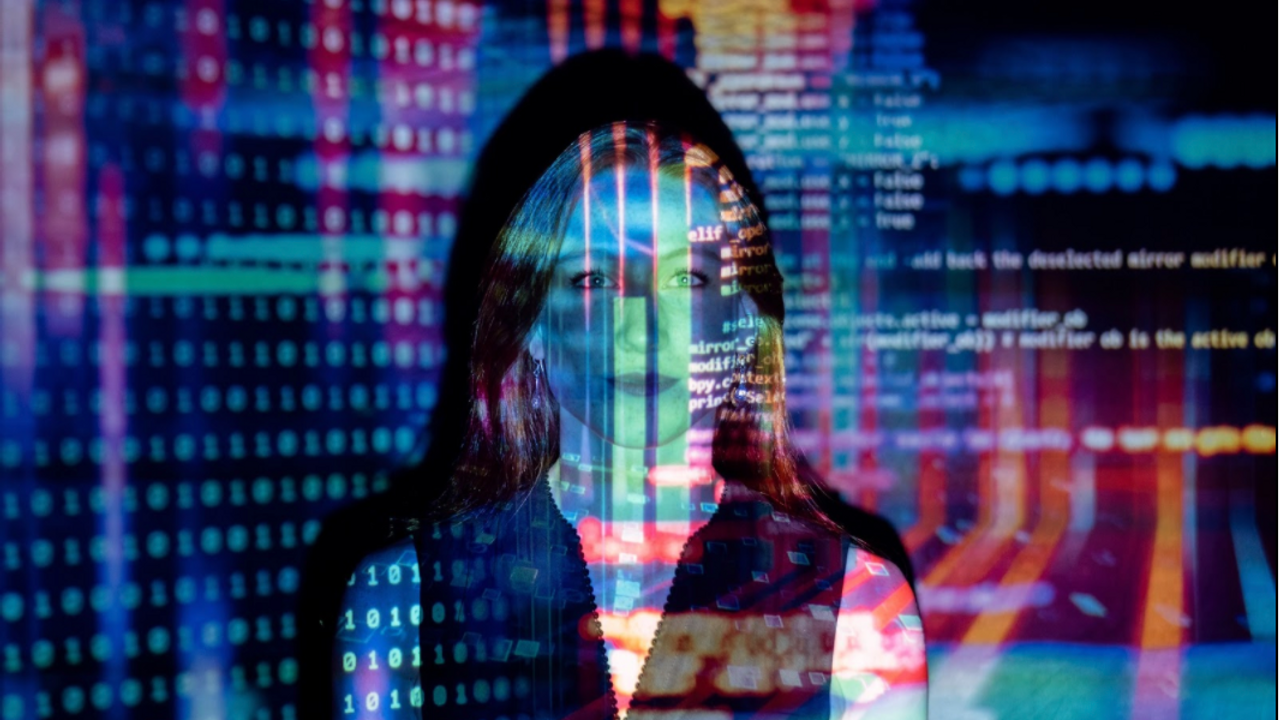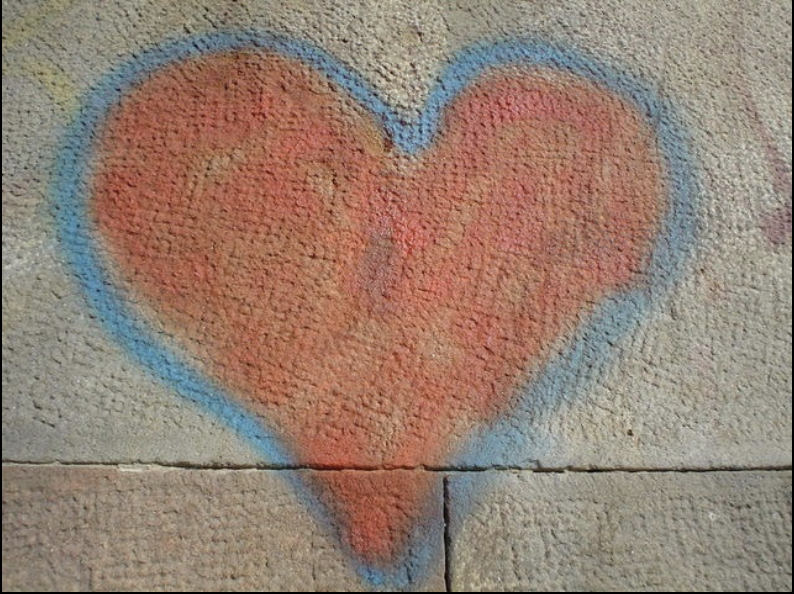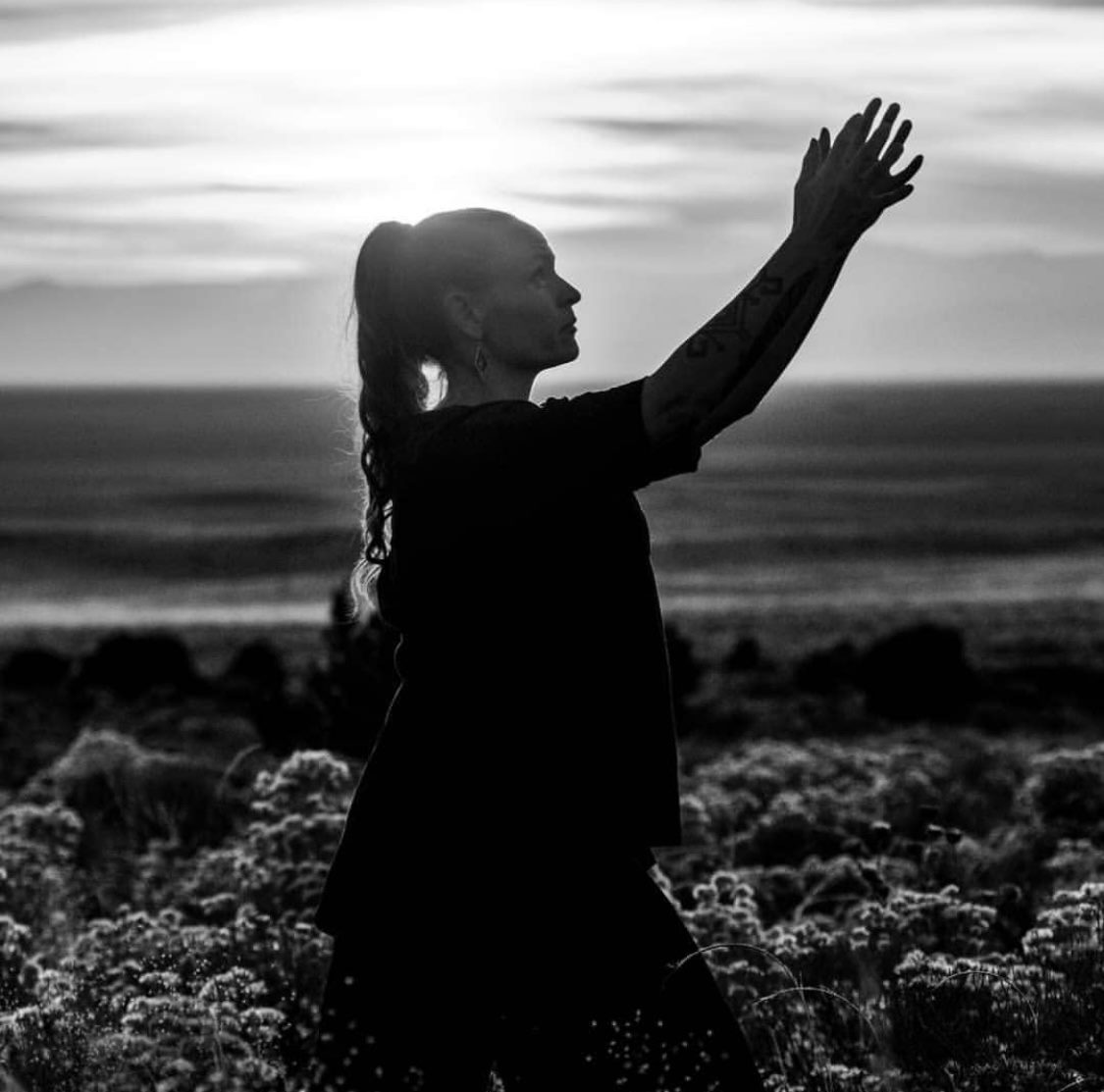The Bodies Internal Technologies
Oct 25, 2021
Technology's influence on the human experience has greatly altered and shaped the forward direction of the entirety of culture, including communication, education, health and economics. We rely on devices to tell time, monitor our heart rates, keep connection with friends and purchase food and goods. Much of our attention has become externalized and outsourced to technology so much so that the writing of letters, remembering phone numbers and looking at the sun to tell time is fading into the past as a long ago history. Societies' rhythms have changed to adapt to artificial light and screens, impacting behavior, hormones and sleep schedules; shifting into a new sensory norm dominated by the evolving age of information and technology.
Through time the epigenetic influences of environmental landscapes, weather, food patterns and social behavior have altered the very biology we are made up of; shaping and carving out human form in response to the changes amidst us. The digital and computer age that began in the mid 20th century is evolving into what is being called the ‘experience age’, characterized by the rise in digital socialization, identity politics and flashy snaps of imagery and video enticing our human emotions into a new dimension of connection. Experience dominated by a digital world has revolutionized how we share information, meet new friends and evolve global connection. Nearly nothing goes unseen these days. However, when experience is centered around an external device, we have to wonder what impact this will have on the human body and its internal technologies (innate capacities).
As technology works to build upon real world experience, the layers of experience translate to less physical and more logical. We are learning to shape ourselves around virtual aviators and online identities to fit into the digital social world. The sense of self is moving more into an externalized hologram of our physical tangible self than that of the embodied experience of flesh and blood. As people detach from their physical selves and more sedentary- logical based lifestyles emerge the relationship to the internal terrain of the body is dissolving.
The art of preserving a connection to the body's vast non digital landscape is becoming an outlaid cultural exploration of re-awakening and reimagining our relationship to inner nature and true self. Through this re-awakening and reconnection to natural rhythms and pattern language, individuals and groups are discovering and preserving the story- states of actualization and integration of the self, while learning how to master the digital age from an embodied state.
We have to make a choice for ourselves and future generations. Hollow out our connections between self and others in the tangible sense, allowing technology to master us OR to master the mind-body and spirit to evolve and influence the use of technology. Will we allow ourselves to become replaced by artificial intelligence and enslaved to the algorithms of centralized information and power sources external to us? Or, will we channel the steadfast wisdom of nature and our souls into how we use technological advances to imagine a new world that elicits freedom and evolution? The time to choose is now.

What are our bodies' internal technologies and how can we work to cultivate a relationship to them?
Breath
The breath is the single most available tool we have immediate access to at any time to greatly enhance awareness, connection and presence within our bodies. Every inhale and exhale scans the terrain of the body alerting our brain to map what is happening through all our or being. With each inhale we are scanning the higher frequencies of thought and emotion, checking in with how we are receiving and experiencing. With every exhale our breath scans the more material and dense aspects of our body including the tissues , structures and fluids giving us a sense of physical awareness and spatial presence. Our breath ties us to the external environment taking in oxygen and information from the world around us modulating how we connect to life from the inside out and outside in.
The breath's rhythm can vary depending on how much physical work the body is doing, emotional states and if we are stressed or relaxed. As we move through our day these fluctuations of states should be fluid and ideally return to deep rhythmic full expression of breath, however that is rarely the case. As we are pulled further away from body based awareness and into our heads we tend to get stuck in adaptive breath patterns that become normalized and adopted by our nervous system as tension patterns that weave the underpinning of tension though our bodies and our minds . These breath patterns tend to be less rhythmic, and more shallow, over time they limit our inspiration and expiration quality and set in an entirely new state of psychological and physiological functioning.

Transformational breath work such as qi gong, yogic practice and belly breathing has a powerful impact on teaching the body and nervous system to recalibrate and restore to a balanced breath rhythm. These systems provide a powerful mind-body impact and help the nervous system better handle physical and emotional stress. Breath work practices have the power to reset trauma and release stuck emotional blockages liberating change and having lasting impacts of vitally, mental and emotional wellbeing. The art of breath cultivation has been central within all pathways towards mastery, creative excellence and longevity throughout time and remains the foundation of all traditional healing approaches and the key to transformation and growth.
Aside from all the vital physiological roles that oxygen and deep breathing play in the body on a daily basis including breaking chemical bonds, energy synthesis and production, cellular respiration, and ridding the body of carbon dioxide. We can’t survive without breath and will die after only 4-5 minutes without it. Metaphorically, breath is life and the mastery of it is one of the most precious technologies our human form has from birth to death.
For a deep dive into breath practices and theory, check out my Free Breath 101 Course. A little bit a day goes a looooong way.
Heart Awareness
The heart according to Classical Chinese medicine is known as the ‘Emperor’ and is said to rule the central axis of our wisdom and self governance. The heart field itself is composed of electromagnetic fields that contribute to the physical functioning of the heart as well as inform the intelligence and harmony found in the heart-brain. The heart field is sensitive to the subtle energies of the environment including the ability to resonantly connect to people, plants, the environment and all celestial influences. The heart has been shown to have its own cardiac intrinsic nervous system that modulates our states of physical and psychological coherence and influences the mind-brain's capacity for cortical reintegration or clear thought.
The Heart is known to be our wisdom keeper, storing life experience and the unique expression of all our emotional and intelligent states as a collection of the full sense of self. It is this synthesis of the self, our unique heart song and heart intention that is felt in the human experiences of empathy, celebration and intimacy shared with others through the acts of love and compassion. The Heart is associated with the fire element, our passions and the burning desire to express and create in life and form the pure integration of our wisdom.

Research shows that the heart has the dynamic capacity to scan the past, present and future simultaneously providing us with access to wisdom, how we express in the present moment and how those expressions create the future. We can powerfully train our heart to resonate a balanced variability state and generate more coherence for our lives and our bodies though simple heart centered breathing and intentional experiencing. Considering every single cell in the body responds to every heart beat, the more we cultivate and master the powerful expression of the heart the more every aspect of our being will harmonize to our true selves and stay in time with our hearts rhythm.
Intuition
From a gut knowing, butterflies in the tummy, a flutter in the heart or a deep sense of knowing; intuition has always been with us, keeping us connected to the world's subtle clues and helping us consciously interpret the world around us for survival and creative potential. Intuition communicates to us in varying ways and can be measurably cultivated through practice and clarifying our internal terrain of the body and mind. The process of developing more interception, or the ability to sense the internal responses of the body rhythms like heart beat, breathing and sensational awareness, can increase perceptive intuition training our awareness to utilize these sensations and responses like a bio-feedback mechanism.
Meditation has been used to enhance the mind-body relationship and clarify the senses which all support a balanced sense of internal feedback and increases our ability to modulate our responses to stimuli. The five natural senses are responsible for shaping our perception of the world and can also be enhanced and clarified through meditation. Along with the natural senses each aspect of touch, taste, smell, sight and sound is coupled with a more subtle intuitive aspect of the sense. These subtle senses orient us towards our intuitive interception, shaping a more non-tangible sense of ourselves and responses to the world. The subtle and natural senses work together to form a bridge between tangible reality and indirect awareness to create the image of the way we see and respond to information.
- Sight: Visionary imagination and dream like intuition coupled with seeing things actually as they are and seeing things truthfully
- Smell: Survival instincts and sensing danger as well as pheromones coupled with actual smells to alert our instincts to protect or procreate.
- Taste: Refined palate of what bring pleasure like our taste in aesthetics, culture, music or art couples with the five main flavors we crave to satisfy what our bodies nutritional needs are
- Touch: A felt sense and relationship or connection of awareness relating to information, Like “ I feel ya!” Or “I'm not feeling that” juxtaposed by tactile experiences of pleasure or pain
- Hearing: The ability to hear our inner voice or experience clairaudient impulses connected with actually hearing sound that is registered by measurable decibels

Modern living and the digital age of information has got most of our natural senses on overload. Flashing images on timelines, commercials, traffic, synthetic smells, alarms and unnatural light have dulled and distorted our subtle and tangible senses. The senses also store experiences both good and bad toning our perception of reality, associations and dislikes of certain sensory experiences. Like the sound of an old love's favorite song or the smell of your grandmother's perfume can trigger emotional memories and take us back in time instantaneously; sensory experiences literally are embedded into a bank of memory that we call life, day in and out collecting up to become beliefs and biases we base our rational thinking on. Those memory banks are a combination of rational thought and experience that shape how we recall and see reality in our current perceptions. The highly influenced aspect of sensory awareness on reality, memory and sensory overload of modern times is a recipe for misperception and imbalanced interception that is being recognized as disorganized wiring found in disorders like anxiety, OCD, eating disorders and even certain spectrums of autism.
Clarifying and rebalancing our senses through meditation, energy medicine, time in nature, and sensory deprivation experiences like float tanks or simply sitting in silence, are strategies to support sensory nervous system integration and work well alongside other therapeutic interventions to support a more grounded relationship between tangible and subtle perceptions of reality.
Consider also including practices of:
- Intention (Focus / Prayer / Artistry)
- Physical mastery (Athletics/ Dance/ Craftsmanship)
- Material mastery (efficient use of energy and matter)
Some ways to limit technology’s impact on our human biorhythms:
- Limit Artificial light: -Use light at night only when necessary and dim lights before bed
- Choose warm yellow lights vs blue or cool lights at night
- Invest into blackout curtains if you live in the city
- Remove digital lights, screens, blinking lights from room
- Limit EMF: -Turn your phone on airplane mode at night and your internet off (you can get a timer to do this)
- Practice good technological hygiene- use the tool, don't let the tool use you.
- Shop locally and grow your own food
- Spend time in nature
- Physical connection
- Cultivation of community
- Exercise
Every day we choose the reality we are living in and the world we are cultivating for our grandchildren’s grandchildren. Give them the best of our humanity and the tried and true strategies of holding firmly to our innate capacities while engaging external technology with wisdom and respect.
Have you checked out our Spring Detox eBook & Microcourse?
If you're ready for a fresh start – a true inside out restart – then yes, this micro-course is absolutely for you!
